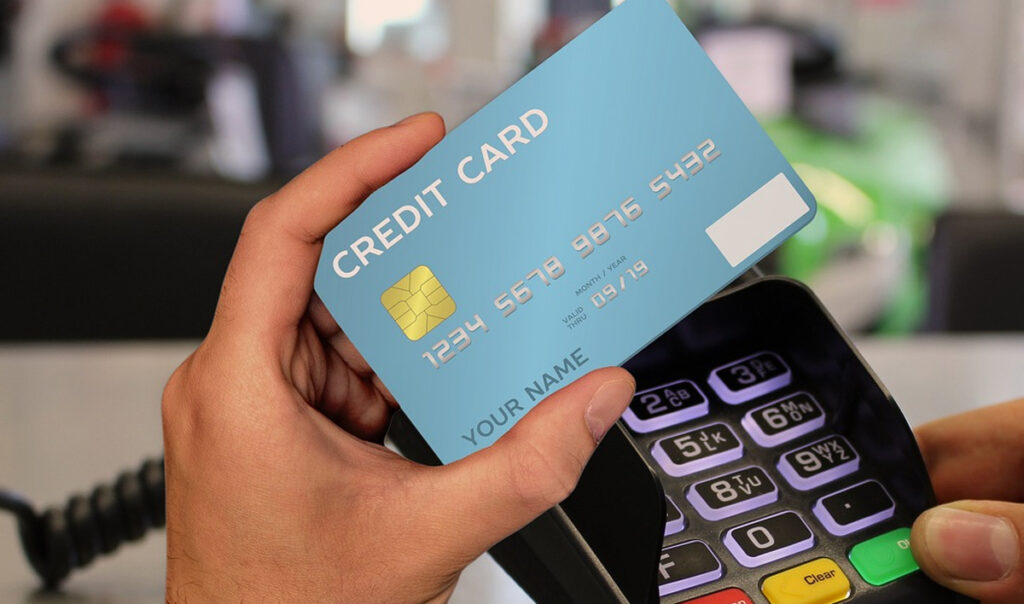In today’s fast-paced world, managing finances can be a daunting task, especially if you’re working with a tight budget. However, with the right strategies, it is possible to save money and still meet your financial goals. Here are 10 practical tips to help you save money in 2025 without feeling overwhelmed.
1. Create a Realistic Budget
The foundation of saving money starts with creating a realistic budget. Take time to list all your income sources and monthly expenses. Categorize your expenses into essentials (like rent, utilities, and groceries) and non-essentials (like dining out and subscriptions). Use budgeting tools or apps to track your spending and ensure you stick to your plan.
Quick Tip:
Allocate at least 20% of your income to savings if possible, following the 50/30/20 rule.
Read: 50/30/20 Monthly Budget Calculator
2. Cut Unnecessary Expenses
Identify areas where you can cut back on spending. For instance, consider canceling unused subscriptions or opting for a cheaper mobile plan. Small changes, such as brewing your coffee at home instead of buying it daily, can lead to significant savings over time.
Example:
If you spend $5 daily on coffee, switching to home-brewed coffee could save you approximately $1,825 annually.
3. Embrace Meal Planning
Food is one of the biggest monthly expenses for most households. Meal planning can help you save money and reduce food waste. Create a weekly menu, prepare a shopping list, and stick to it when grocery shopping. Consider cooking in batches and freezing meals for busy days.
Bonus Tip:
Buy generic brands or items in bulk to save more money.
4. Take Advantage of Discounts and Coupons
In 2025, many retailers offer digital coupons and special promotions. Use apps and websites to find the best deals on groceries, clothing, and other essentials. Don’t forget to check loyalty programs and cashback apps to maximize your savings.
Pro Tip:
Shop during sales events like Black Friday or end-of-season sales to snag significant discounts.
5. Switch to Energy-Efficient Habits
Reducing energy consumption is not only good for the environment but also for your wallet. Simple actions like turning off lights when not in use, unplugging devices, and using energy-efficient appliances can lower your utility bills.
Actionable Idea:
Switch to LED light bulbs and invest in a programmable thermostat to optimize energy use.
6. Consider Second-Hand Options
Buying second-hand items can save you a lot of money. From furniture to clothing, thrift stores and online marketplaces offer quality products at a fraction of the cost. It’s also an eco-friendly way to shop.
Where to Look:
Check platforms like Facebook Marketplace, eBay, or local thrift shops for great deals.
7. Automate Your Savings
Automating your savings ensures you consistently set aside money each month. Set up an automatic transfer to your savings account or emergency fund as soon as you receive your paycheck. This “pay yourself first” strategy makes saving money a priority.
Suggested Amount:
Even saving just $50 per paycheck can add up to $1,200 a year!
8. Limit Credit Card Usage
While credit cards are convenient, they can lead to overspending and high-interest debt. Stick to cash or debit cards for most purchases to avoid accumulating debt. If you do use a credit card, make sure to pay off the balance in full each month to avoid interest charges.

Pro Tip:
Use credit cards that offer cashback or rewards to get something back on necessary purchases.
9. Find Free or Low-Cost Entertainment
Entertainment doesn’t have to be expensive. Look for free or low-cost activities in your community, such as local events, parks, and libraries. Streaming services often have free trials, so take advantage of these to cut costs on entertainment.
Ideas:
Join a book club, take up DIY hobbies, or explore nature trails for fun without breaking the bank.
10. Track Your Progress and Adjust
Regularly review your financial goals and adjust your strategies as needed. Use budgeting apps to monitor your spending habits and savings. Celebrate small wins to stay motivated on your money-saving journey.
Tools to Use:
Apps like Mint, YNAB (You Need a Budget), or PocketGuard can simplify tracking and saving.
Final Thoughts
Saving money on a tight budget may seem challenging, but it’s achievable with discipline and smart financial choices. By implementing these 10 tips, you can take control of your finances and work towards a more secure future in 2025. Start small, stay consistent, and watch your savings grow over time.
Read Also: How to Save Money – Effective ways to Save and Earn Money